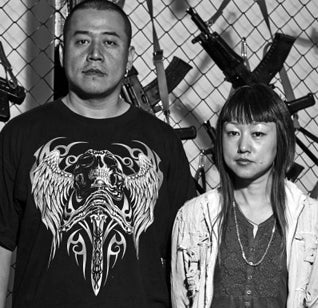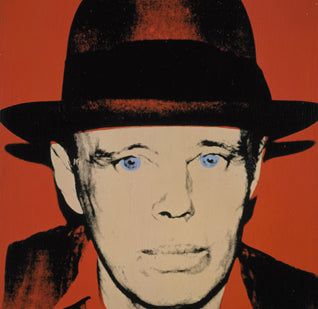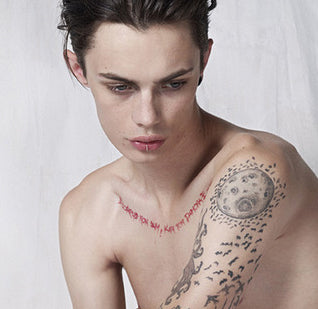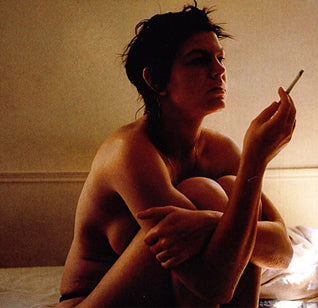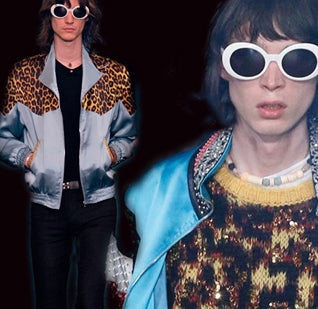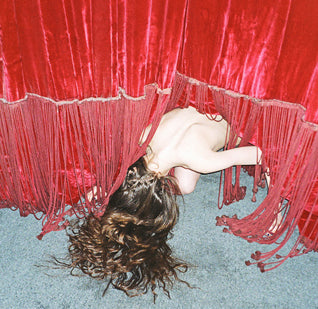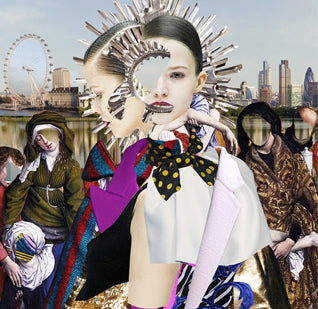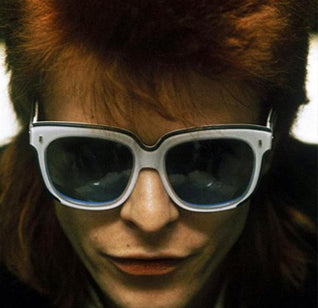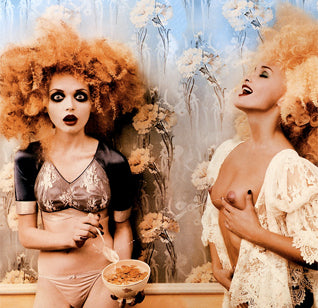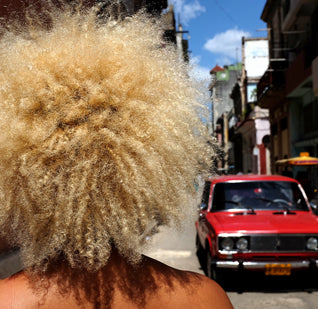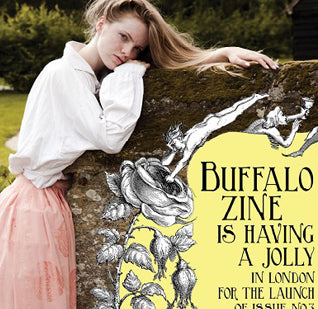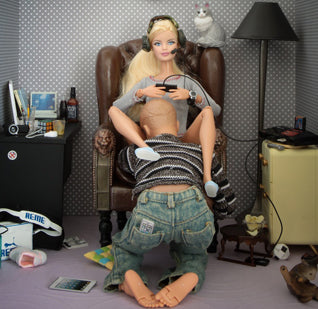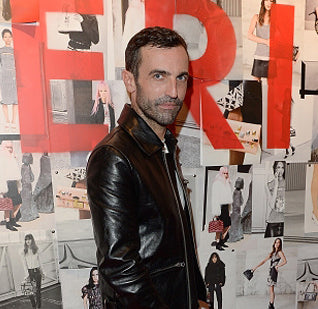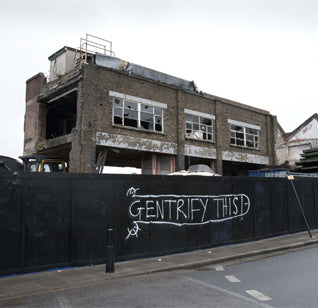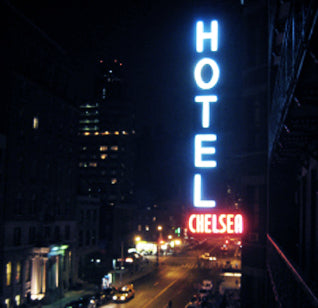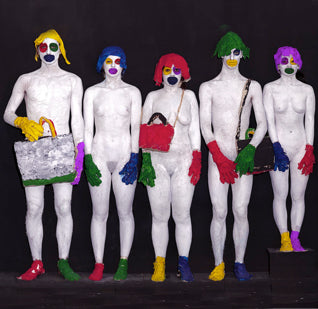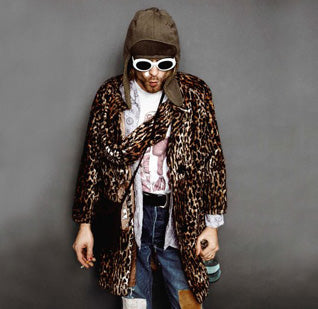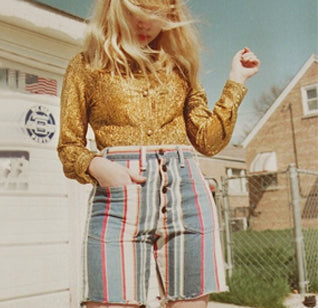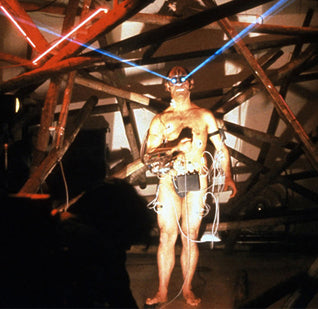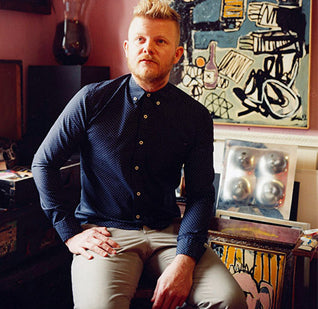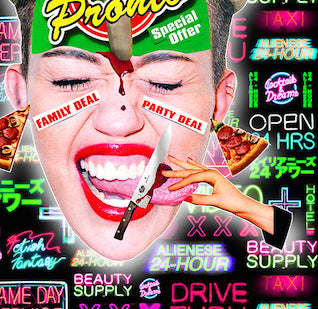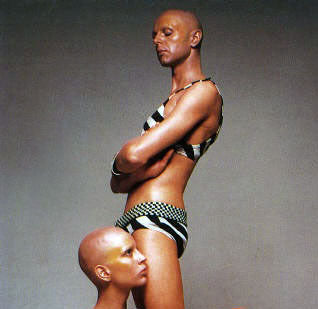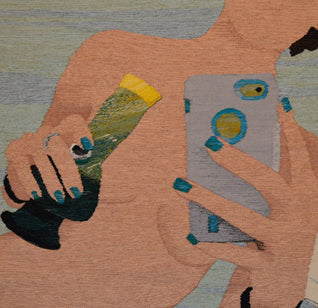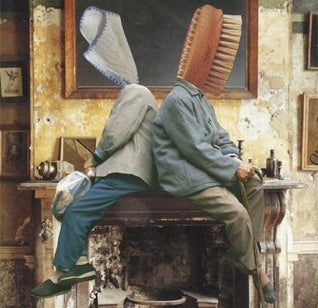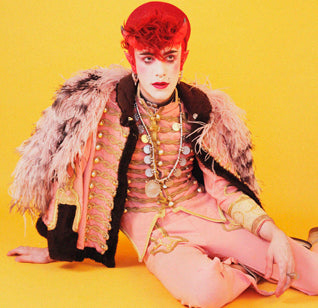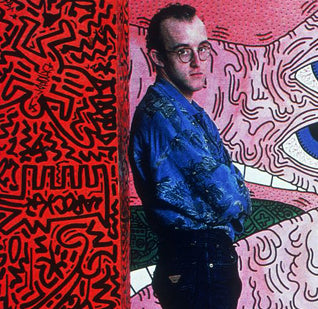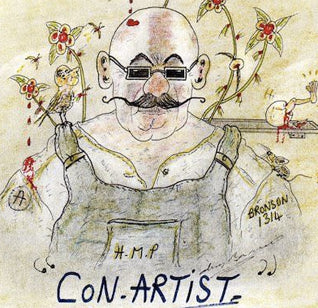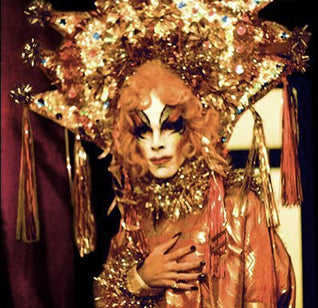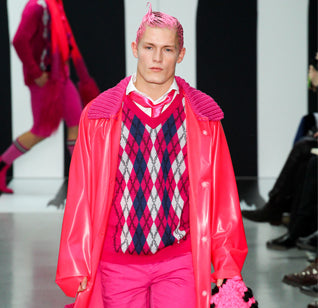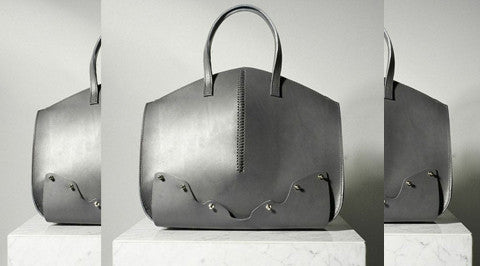TWIST AND SHOUT
Photographer, Paul Gisbrecht on violent distortions and unspoken rules
by Maria Raposo
Award winning photographer, Paul Gisbrecht is a visual architect. Heavily influenced by fashion photography, his work is dominated by a colorful aesthetic that is bold and glamorous. We spoke to the German artist, who is now living in Shanghai, about dimensions and distortions:
KOD: Do you think living in Shanghai has changed the way you approach your art?
Paul Gisbrecht: When I first arrived in Shanghai I was overwhelmed by everything. At the beginning, I wasn’t creating art at all. I gave myself time to adapt and understand the new set of rules and the dynamic.
After a while, I started going to art shows and openings. I was impressed. In Europe I was very curious about the American artist and during my studies in New York, vice versa. Chinese art opened a different dialogue, an unknown one. Especially when you see the work of emerging artists; the young ones, like me. Some Chinese art I understood, some I didn't. But I liked the way they created a dialogue with the Chinese culture and tradition. Most of all I liked their energy – the way they found new and modern ways of making art.
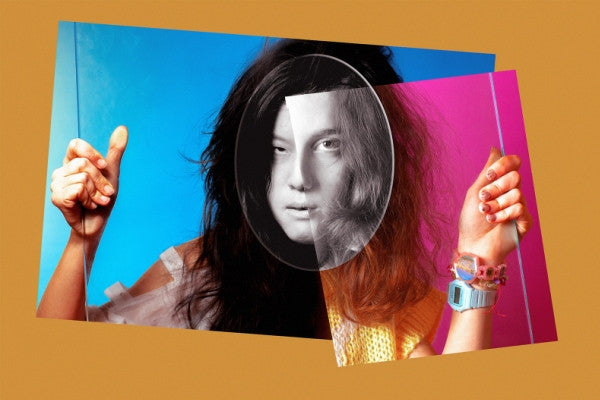
Paul Gisbrecht, 'Uncertain #2', 2013
KOD: Do you think you can communicate who a person really is through a photograph?
Paul Gisbrecht: That’s a tough question and a deeply philosophical one too. I usually never try to do so. Usually people behave differently when they’re being photographed; the awareness of the camera changes the whole situation. Also I direct my subjects, which means my own interpretation is included in each image.
I don't believe that photographs that show the “truth” exist. I am more interested in examining a certain aspect of my model. To the most part I think I work rhetorically – making a statement. I love to use irony, exaggeration. Somebody should write a book about rhetorical approaches in photography.
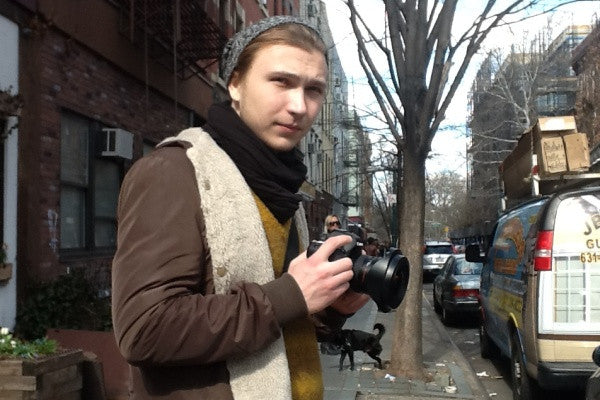
Paul Gisbrecht, 2013
KOD: Why are you so interested in the idea of distortion?
Paul Gisbrecht: I love the idea of distortion because I believe every photograph violently alters the appearance of its subjects. In front of the camera people behave differently – on a photo shoot, in public spaces, in the presence of video cameras. We are always distorted to a certain degree.
Seeing is what the human species is most proud of. In the German language, all intelligent associations of understanding and knowledge are modifications of the word "see". But often, what appears to be true is not real. It is proven that the human eye is unable to see straight lines, but somehow our brain, in its complexity, creates that effect.
KOD: Talk me through your ‘Human Dimensions’ series – where did the idea come from?
Paul Gisbrecht: This work is speaking about the norms and rules we have in spatial environments, in our daily lives. The concept revolves around the idea that culture is based on the standardizations and norms that exists, not only in space but also in behaviors. In this series, I’m thinking about spoken and unspoken regulations.
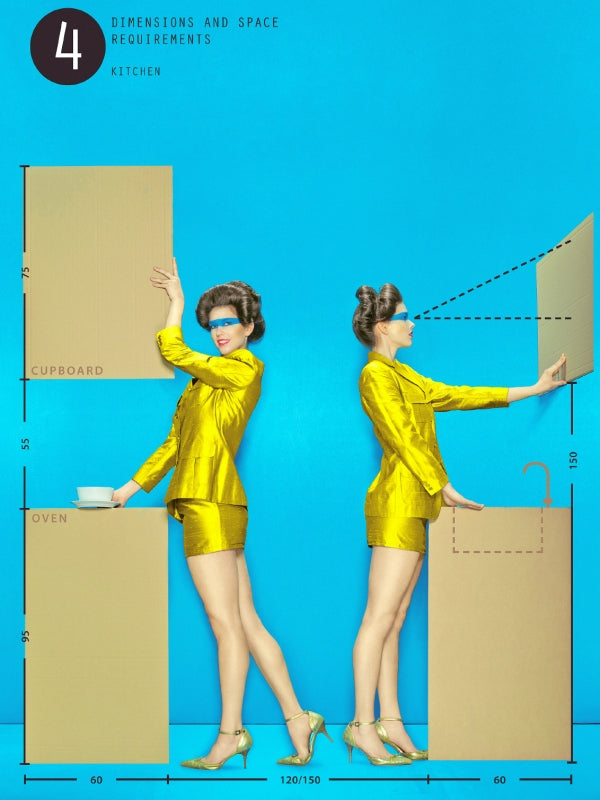
Paul Gisbrecht, 'Human Dimensions Nr.2', 2013
KOD: How does architecture tie into your work?
Paul Gisbrecht: Architecture has one problem: its monumentalization. Of course, there are other concepts now, such as deconstructivism. For me, architecture has impact – it speaks about stability and moreover, responsibility. I try to speak about similar issues, transferring these ideas to photography.

